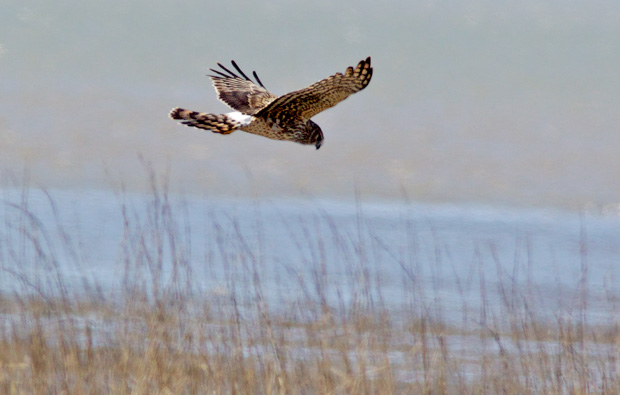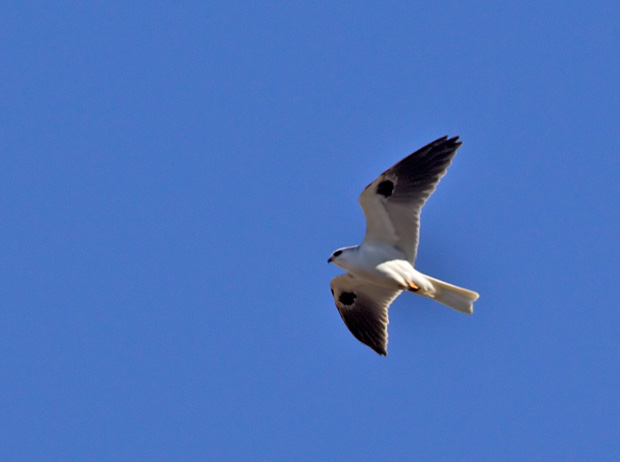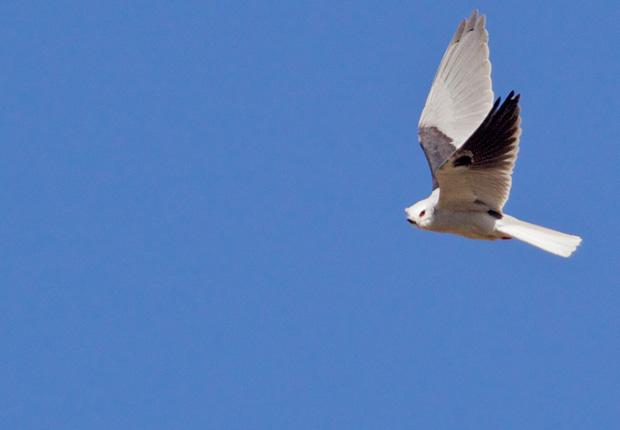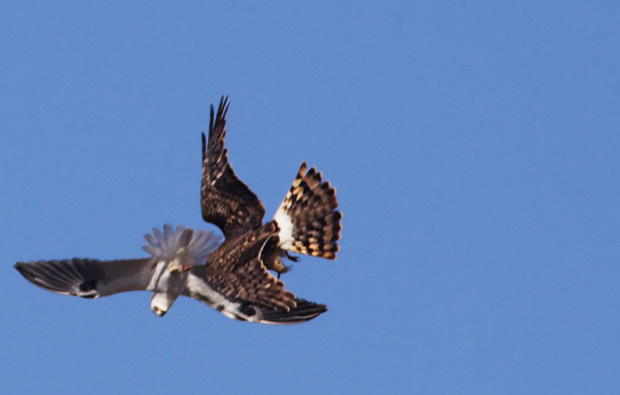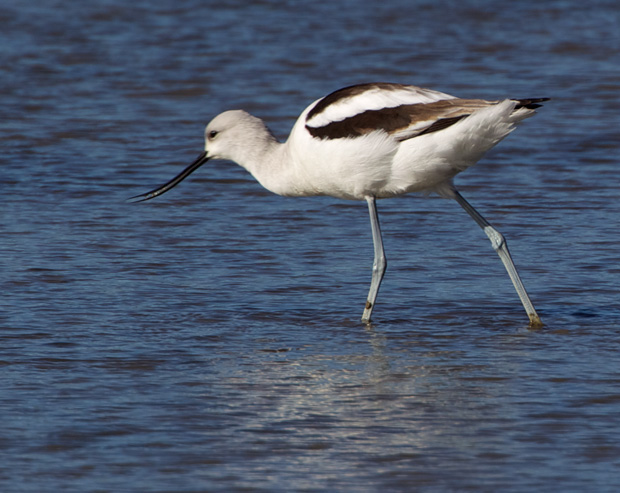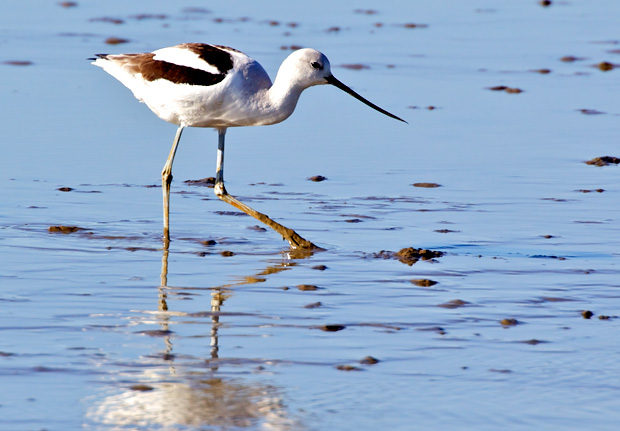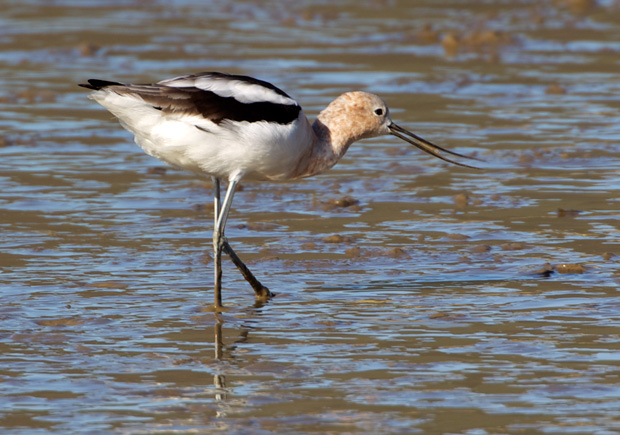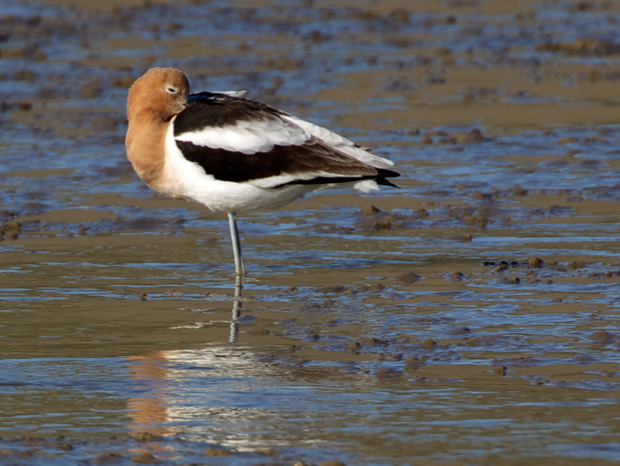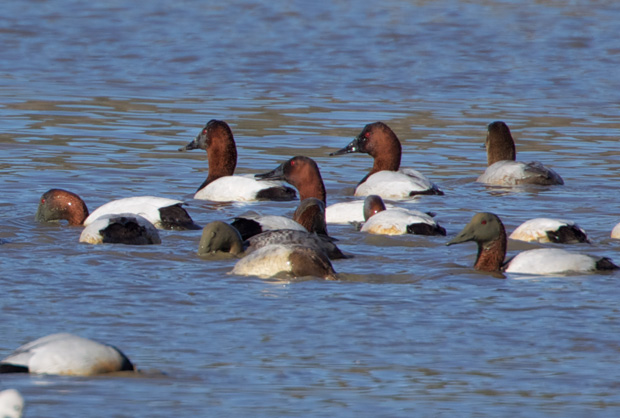I suspect many of my readers are more familiar with Attenborough’s works than I am. I’ve only seen parts of his series on PBS before, but have never made a point of watching a complete series. I certainly found being able to watch The Life of Mammals on Amazon any time I wanted rather than at a scheduled time a real convenience.
I used to be a big fan of David Suzuki’s The Nature of Things, and even PBS’s Nature for a while after that but haven’t watched these types of programs recently, though I’m not sure why. Perhaps too often I got the feeling “Haven’t I seen this before?” I certainly didn’t feel that way about David Attenborough’s The Life of Mammals, though. In fact, I was often awed by what I saw and read, awed by the amazing diversity of the animals shown, surprised at how many animals I’d never heard of, much less seen, before.
Also, I started watching the series with the clear intent of learning more about ecology not with the desire to be merely entertained. For me, at least, the book is essential if that is your main intent. I not only learned a number of new “facts” about mammals I better understand the nature of mammals after watching the series. Attenborough makes it clear in the introduction that was one of the major goals of the series:
Our relatedness to mammals makes it easy for us to emphasize with them. We can imagine the feelings of a cow suckling her new-born cafe, of a lion lazily lording it over his pride of lionesses, of a couple of chimpanzees grooming one another, even perhaps of a whale when it communicates with another across the vast distances of an ocean basin. Indeed, it is so easy that that we are often tempted to think we understand other mammals better than,in fact, we do. The aim of this book is to amplify that instinctive understanding by examine the logics and processes that have moulded the bodies of mammals over the last hundred million years, and so enable us to comprehend the extraordinary efficiency and diversity of the mammals, the most complex and diverse of all animals on earth.
What really made the series compelling, though, is its combination of art and science. At times the spectacular photography trumped the science, but the concepts underlying the series also emerged clearly. I don’t remember the name Darwin ever being mentioned, but the idea of evolution is a major part of the series. I came away from the series thinking that someone would have to be a complete moron to deny Darwin’s theory of evolution after watching this series. Simply put, there is no other possible explanation for the ways different mammals have evolved over time to take advantage of their particular environment.
In the end, of course, it’s Attenborough’s, and his crew’s, love of their subject that makes the show magical. It’s not accidental that both the book and the television series end with:
Men impressed their footprints on the moon a mere three and a half million years after the first of them to walk upright left theirs across a field of volcanic ash in Africa. That is a mere blink in the eye of evolution. In that short time we, alone among all animals, have discovered how to exploit our environment to produce more and more food to sustain our unparalleled numbers. In so doing we have denied the earth to other species to such an extent that many have been driven into extinction and many more are now trembling on the brink.
Perhaps the time has come, when we should put our aspirations into reverse. Perhaps now, instead of controlling the environment for the benefit of our population, we should find ways of controlling our population to ensure the survival of our gravely threatened environment.
If there’s any chance you haven’t actually viewed the series or read the book, I’d highly recommend it. Maybe it’ll rekindle your enthusiasm about learning more about our environment so that we’re better able to preserve it.
